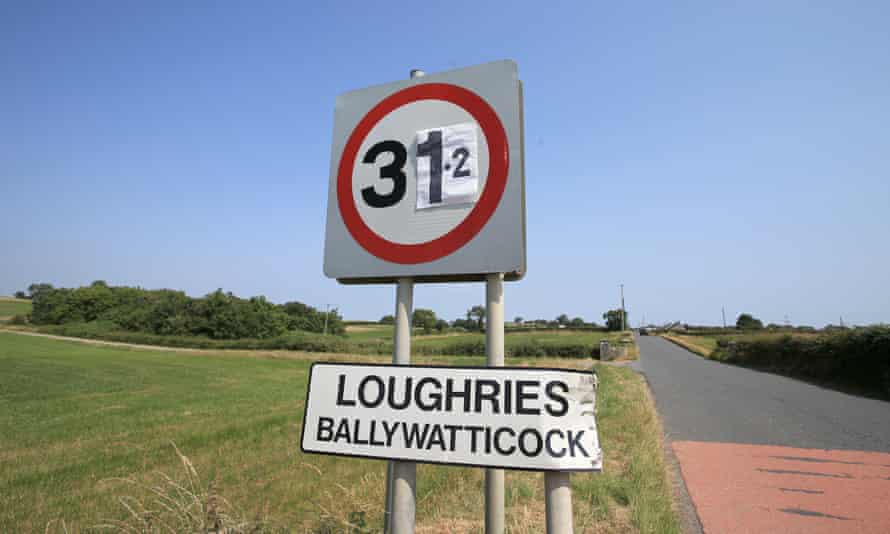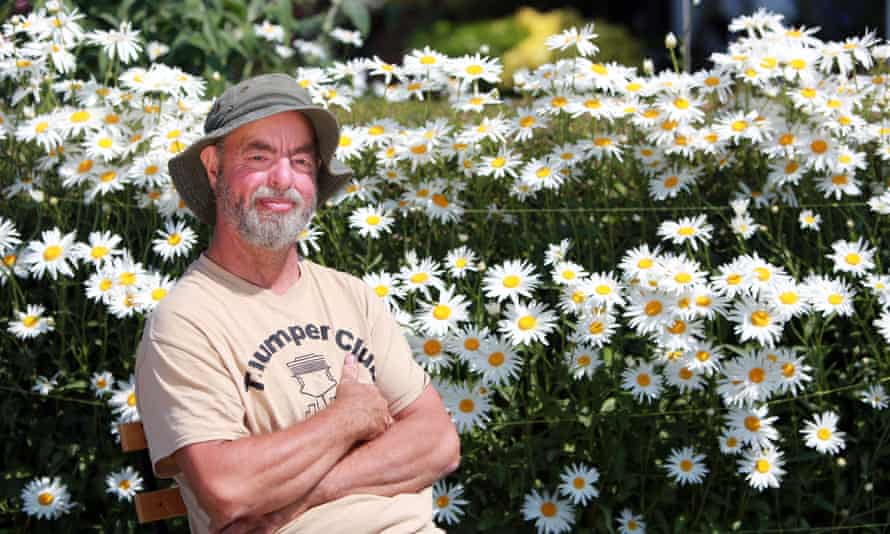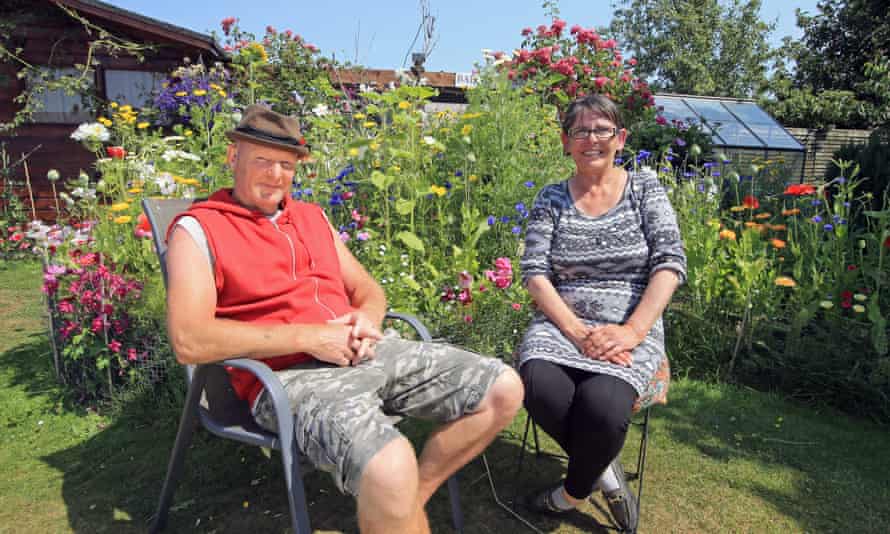‘Something’s not right’: Northern Irish townland has its 31.2C day in the sun
Ballywatticock was country’s hottest ever spot last week – but its reign had ended within days

In the annals of climate change it will be remembered, if at all, as a diverting footnote: the brief reign of Ballywatticock.
Few people in Northern Ireland had heard of this townland on the shores of Strangford Lough in County Down until its weather station recorded the hottest temperature for the UK last Saturday: 31.2C (88.16F).
The measurement set a new record for Northern Ireland and unleashed a slew of jokes about an enigmatic name that possibly originated from the Irish baile Uaiteacoc, or Watticock’s townland.
“Ballywatticock of course being adapted from the Irish: baile meaning ‘townland’, Uaitecoc meaning ‘with a big thermometer’,” said one.
Someone changed the local speed limit sign from 30 to 31.2, delighting TV crews that used it as a backdrop to crown this previously anonymous patchwork of fields and houses the hottest place in Northern Ireland.
Residents enjoyed the attention. “It’s good to have a bit of excitement, some craic,” said Donald Crowe, 77, a retired farmer who has hosted the weather station in his garden since 1961.

“It’s excellent. A wee bit of publicity,” said Chris Holmes, 58, who has spent a lifetime assuring outsiders that Ballywatticock is a real place.
Now it had a place in the record books, he said. “Last Saturday was like walking off a plane in a really hot country.” He indicated a landscape of yellowing grass, the product of weeks of heat. “All those fields are burned to a crisp.”

Brian Jameson, 56, said last Saturday was windless, with not a zephyr coming from the sea just down the road. “It was unbelievable – a dry, searing heat. I came out of the house and I thought: wow, something’s not right.”
It is possible the multiple thermometers in Crowe’s garden – some sit in Met Office boxes, others rest on grass, some are in tubes in the soil – were not right. The Met Office dispatched a technician to verify the readings and is expected to give a verdict in coming days.
Meanwhile, dramatic footage from the US, Germany, Russia, China and elsewhere this week delivered their own stark judgment: the planet is not right.
Smoke from forest fires in the western US travelled thousands of miles and polluted New York’s air. A heatwave in Siberia, one of the world’s coldest regions, sparked wildfires that smothered the city of Yakutsk with an “airpocalypse” of toxic smoke. Researchers said the catastrophic floods that killed more than 200 people in western Europe may become more common because of global heating.
Such disasters felt remote from Ballywatticock, where residents expressed hope the heatwave would endure and let this usually wet, windy corner of the British Isles feel Sicilian a while longer.
Yet images of extreme weather beyond their shores, and their own sense that Northern Ireland’s climate is changing, nagged residents. It was fun to be famous, but what if that fame reflected unfolding global calamity?
“I believe the climate is changing. There’s too much evidence all around,” said Patrina Jameson, 57. Her son Ryan, 29, worried about what awaited his generation. “I believe the damage has already been done. Something has changed big time.”

Once upon a time weather records might last years, even decades. Ballywatticock’s reign as Northern Ireland’s hottest ever spot had ended in less than a week. On Wednesday a weather station in Castlederg, a County Tyrone village 80 miles (130km) to the west, recorded 31.3C (88.34F).
“Northern Ireland has for the second time in five days provisionally broken its all-time temperature record,” said the Met Office. The measurement will also need verification before becoming official.
Northern Ireland has for the second time in 5 days provisionally broken it’s all-time temperature record ?
Castlederg in County Tyrone recorded a temperature of 31.3 ?C at 1437 this afternoon ?
This exceeds the 31.2 ?C that Ballywatticock recorded last Saturday #heatwave pic.twitter.com/M4viWndTEi
— Met Office (@metoffice)
Castlederg also holds the record for Northern Ireland’s lowest temperature: -18.7C (-1.66F) during the winter of 2010.
Ballywatticock cannot compete with a song of ice and fire. Northern Ireland has a new extreme weather celebrity.
